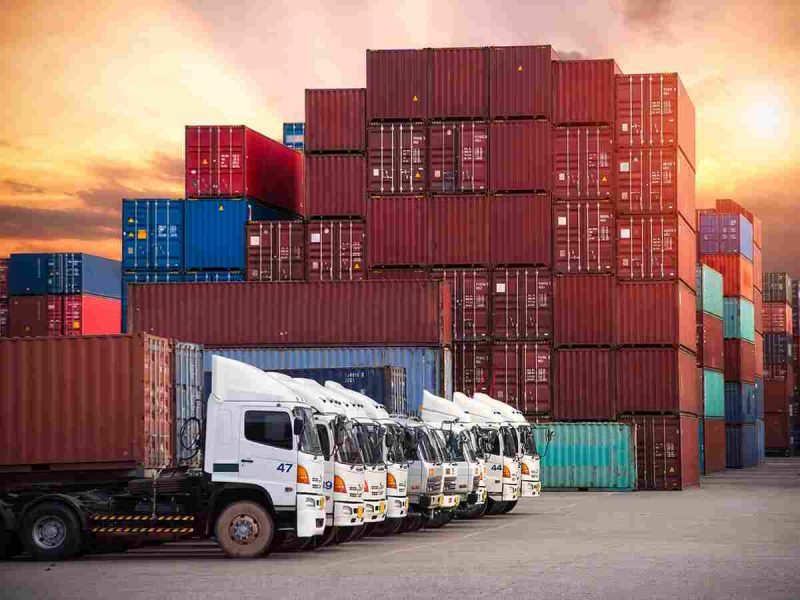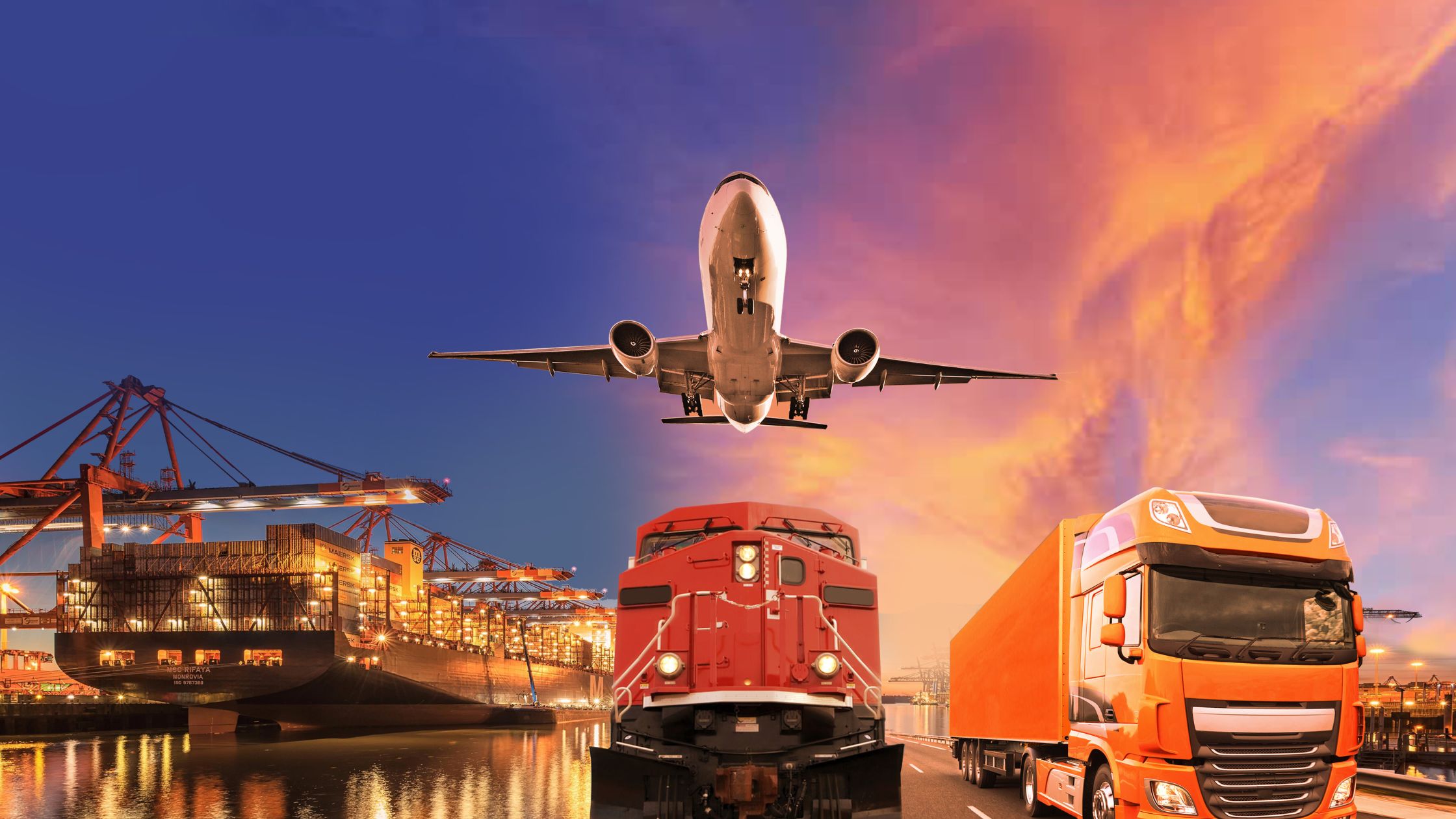With how competitive the supply industry is right now, serious business owners must constantly work on improving their supply chain to ensure that customers receive their items on time and in good shape. This is especially true when a big volume of items must be moved in a short amount of time and distance.
Using the services of a reliable drayage company is one of the easiest ways to ensure goods get to their destinations in good condition. It can also help you fast-track the process and ensure consistent customer satisfaction. However, not all shipments can be processed using drayage methods. Some shipments will need to go through a freight company.
Unfortunately, some business owners don’t know the difference between these shipping methods. Knowing the key difference between these means of shipping will also help you make the right choice that would improve your company’s profit. In this article, you’ll learn the differences between drayage and freight.
What Is Drayage?

Drayage refers to the movement of goods within a short distance that can be traveled within one to two hours. It makes up a part of the total distance that is meant to be covered when transporting a freight shipment. For instance, instead of transporting an item from the dorks to the warehouse, with drayage, you can move the item from port to rail before it gets to its final destination.
Typically, drayage is the shipping of freight within the same geographical area, and it’s often referred to as the first mile. While you may be thinking the first mile shouldn’t be a big deal, it can affect the final destination if not properly handled. Therefore, it’s essential to work with experienced drayage companies that have a reliable track record of success.
Classifications of Drayage
According to the Intermodal Association of North America (IANA), the following are the classifications of drayage services:
- Intra-carrier Drayage: The act of transporting freight owned by one carrier to two separate locations.
- Inter-carrier Drayage: This is more common, and it involves the transportation of goods between two or more carriers.
- Shuttle Drayage: This is used to transport intermodal goods to a temporary stopping point. It’s used when the point of origin is overcrowded.
- Expedited Drayage: This is used for time-bound shipments. Hence, the containers are transported quickly.
- Door-to-Door: The container is delivered to the retail customer by truck.
- Pier Drayage: A means of transporting freight by roadways from an inland terminal to an ocean shipping dock or pier.
What is Freight?

Freight shipping is the process of transporting large and heavy products either internationally or domestically. The mode of transportation is usually by land, sea, or air, and it is often necessary to use more than one mode of transportation.
Freight Shipping Modes
Full Truckload
Full truckload involves the transportation of large goods using a semi-trailer that weighs about 15,000 pounds. It’s used when you have enough cargo that can occupy the trailer. With a full truckload, there are no multiple stopovers; therefore, it saves time.
Partial Truckload
With a partial truckload, shippers don’t have to bear the entire cost of a truck. Instead, they can share the cost among other shippers. The option is more cost-effective for shippers who have shipments of above six pallets or 5000 pounds.
Less Than Truckload (LTL)
If your shipment cannot occupy an entire truckload trailer but is larger than the parcel, then LTL is a good option for you. Typically, it can be used to haul goods that are larger than 150 pounds and lower than 15,000 pounds. Loading the goods onto crates or pallets can help reduce the risk of damage.
Expedited
Sometimes, shippers have goods that need to be delivered quickly. Such goods are known as time-bound shipments. In such cases, expedited freight is the best option. Most times, the mode of transportation for expedited freight is air or truck. The size of your shipment doesn’t matter when it comes to expedited freight.
Intermodal
Transporting goods by a combination of several means of transportation, such as trucks, trains, and ships, is known as intermodal shipping. The most typical pairing is rail and truck. This is due to the fact that shipment via rail is dependable and fuel-efficient. Additionally, it aids in fostering a greener atmosphere.
While drayage involves the transportation of products over a short distance, goods shipping often entails the transportation of goods over a long distance. However, whether you’re delivering goods domestically or worldwide, you’ll need a seasoned shipping firm to assist you streamline the procedure and maximise client pleasure.














































